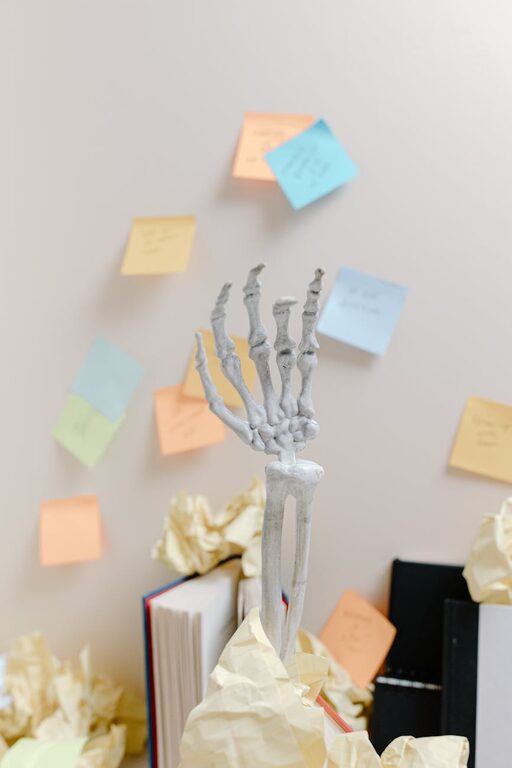Keeping paper clutter under control can feel like a never-ending battle in many households. Bills, receipts, mail, school papers, and various documents tend to pile up quickly, leading to a messy environment and added stress. The good news? With some simple strategies and consistent habits, you can significantly reduce paper clutter and maintain a cleaner, more organized home.
In this post, we’ll explore practical ways to manage and minimize paper clutter, giving you more space, time, and peace of mind.
Why Reduce Paper Clutter?
Before diving in, it’s helpful to understand the benefits of reducing paper clutter:
– Improved organization: Easier to find important documents when needed
– More space: Clearer surfaces and storage areas
– Less stress: A tidy environment can improve your mood and focus
– Environmental impact: Using less paper reduces waste
Step 1: Sort and Purge Regularly
The first step to cutting down paper clutter is to sort through what you already have.
Create Zones for Sorting
Set up sorting areas such as:
– Keep: Important documents to store or file
– Recycle: Papers you no longer need, like junk mail or outdated brochures
– Action: Items that require attention, such as bills to pay or forms to complete
Go Through Papers Frequently
– Schedule a weekly or biweekly time slot to tackle incoming papers
– Immediately recycle what you don’t need to prevent buildup
– Use a shredder for sensitive documents that shouldn’t be thrown out whole
Step 2: Digitize Important Documents
Going digital is one of the best ways to reduce physical papers without losing access.
Scan and Save
– Use a scanner or smartphone apps to digitize documents
– Store files in organized folders on your computer or cloud storage
– Consider apps that allow you to tag and search documents easily
Benefits of Digitizing
– Saves physical space
– Easier to organize and find documents
– Can share important files electronically when needed
Step 3: Create a Functional Filing System
If you need to keep some papers, a well-organized filing system prevents clutter build-up.
Tips for an Effective Filing System
– Use labeled folders or binders grouped by category (e.g., bills, warranties, taxes)
– Keep files in a dedicated drawer, box, or portable file tote
– Choose a system you will maintain regularly, whether alphabetical, chronological, or by priority
Keep It Simple
– Avoid overly complex categories that make filing harder
– Limit what you keep — if you haven’t needed something in over a year, consider discarding it (check if tax/legal retention rules apply)
Step 4: Manage Incoming Paper
Controlling paper clutter starts before it even arrives at your home.
Reduce Junk Mail
– Opt out of unsolicited mail through services like DMAchoice or catalog removals
– Contact companies directly to remove your name from mailing lists
Go Paperless When Possible
– Sign up for electronic billing and statements
– Choose online subscriptions instead of print versions
– Use online appointment reminders and event invitations
Step 5: Designate Paper Drop Zones
Having specific places to drop, sort, and handle papers helps prevent scattered clutter.
Recommended Drop Zones
– A mail tray or basket near your entryway
– An “inbox” for items needing attention like bills or forms
– A small shredder nearby for quick disposal
Set Up Daily Habits
– Empty your drop zones daily or every couple of days
– Deal with papers immediately to avoid piles growing out of control
Step 6: Repurpose and Reuse Papers
Sometimes you can get creative and avoid throwing away papers unnecessarily.
Ideas for Repurposing
– Use scrap papers for notes, lists, or children’s drawing paper
– Reuse envelopes for mailing
– Turn old magazines into gift wrap or crafting materials
Step 7: Teach Household Members
Paper clutter is easier to manage when everyone pitches in.
Encourage Good Habits
– Explain the importance of sorting and disposing of paper properly
– Assign responsibilities, like managing mail or maintaining the filing system
– Keep organizers easily accessible to foster participation
Conclusion
Reducing household paper clutter doesn’t require a complete lifestyle overhaul. By applying a few simple strategies—regular sorting, digitizing, creating an easy filing system, managing incoming paper, and involving your household—you can enjoy a more organized and peaceful living space. Start small, stay consistent, and watch your paper piles shrink!
If you found these tips helpful, consider setting a weekly reminder to maintain your organized system and keep clutter at bay. A little effort over time makes a huge difference!

